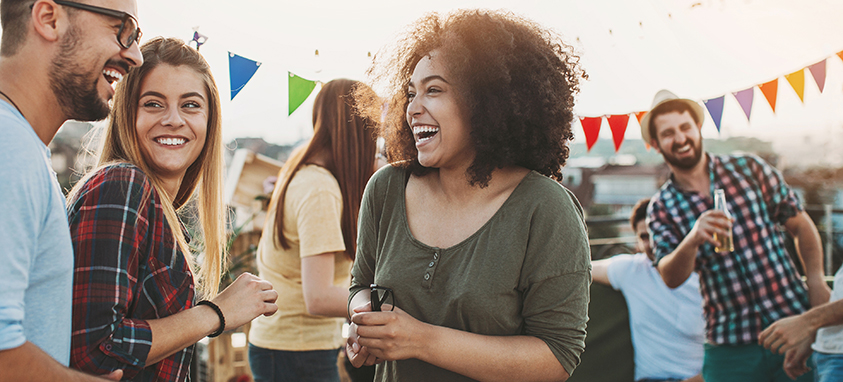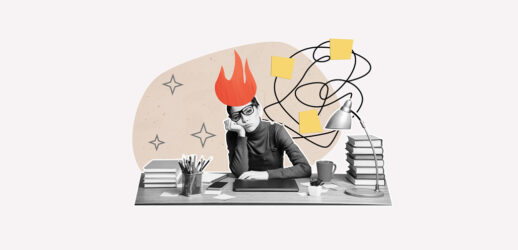Close your eyes and think about the last event you attended. More likely than not, alcohol was a central aspect. Cocktail parties, wine tastings and, more recently, craft brewery tours have become a staple of conference programs. Planners have to be careful to cater to the needs of non-drinkers in our midst as well.
Sobriety is more common than you think. According to statistics from the National Epidemiological Survey on Alcohol and Related Conditions (NESARC), 30 percent of American adults don’t consume alcohol. People choose sobriety for a variety of reasons—religion, a history alcoholism, family experiences, health issues, pregnancy, allergies, medications, a restrictive diet or general distaste. Drinkers might also choose to be sober at a given event. Regardless of the scenario, everyone deserves to be equally accommodated.
Here are a few ways to show these attendees a good time, while still offering alcohol.
Designate a Sober Space
The New York Times recently reported on a shining example of how to treat designated drivers. The Great American Beer Festival, currently taking place at the Colorado Convention Center in Denver, serves 3,900 varieties of beer. However, they acknowledge that some are looking to enjoy the outing without indulging in the brew.
In order to make the sizable group of sober attendees comfortable, they set up a lounge. In this area, they provide complimentary food and beverages, including Bavarian pretzels and craft sodas. For enjoyment, they provide free chair massages from massage therapists and movie screenings.
Allowing the nonalcoholic space reduces the feeling of being left out and eliminates the pressure to drink. However, this tactic is most successful at larger events.
Encourage Moderation
In addition to helping sober attendees feel more comfortable, offering appealing non-drinking options acknowledges the serious danger of drinking and driving. The National Highway Traffic Safety Administration (NHTSA) reports that every day 28 people in the United States die in motor vehicle crashes that involve an alcohol-impaired driver.
As a planner, ensuring safety is your number one goal. This is immediately compromised when drinking gets out of hand. Here are a few tips to keep the drinking at bay.
- Offer many activities in addition to drinking.
- Use small cups.
- Serve a variety of food throughout the entire event.
- Provide many non-alcohol beverage options.
- Stick with a beer and wine list, or make sure mixed drinks are being measured before serving.
- Be mindful of the timing. People are less likely to overdo it during the day or the night before a work day.
- Highlight that the event will be “kid-friendly” beforehand.
- Don’t place the bar in the middle or near the entrance of a venue.
- Be careful about the tone you set—try not to make any remarks which encourage drinking.
Provide Safe and Convenient Transportation
Being the designated driver can be a burden. Sober attendees might feel pressured to stick around throughout the event despite wanting to turn in for the evening. Even worse, this guilt could compel attendees who have been drinking to take the wheel.
Shuttles, taxis or discount Lyft promotions (which may be coordinated with the app) are all convenient, safe and affordable modes of transportation. Another alternative is holding the event at a venue which is walking distance, or within, a hotel.
Offer AA Meeting Opportunities
Typically this is only necessary if your event spans a number of days or requires travel, but offering a proximate Alcoholics Anonymous (AA), or other support group, could be crucial for any recovering alcoholics. At Burning Man Festival, several AA meetings are held onsite. You don’t have to necessarily organize these meetings yourself. Just make sure there are local opportunities or include a help line on your event materials or in the hotel. Events can definitely be trying, so you want to make sure support is accessible for individuals who may be struggling.





